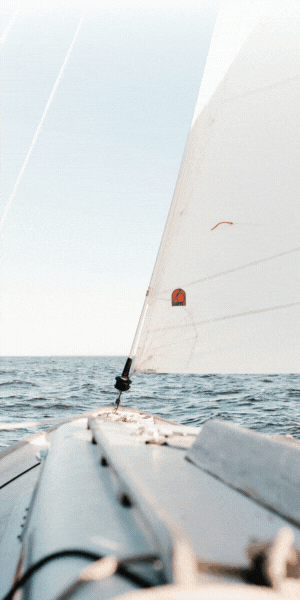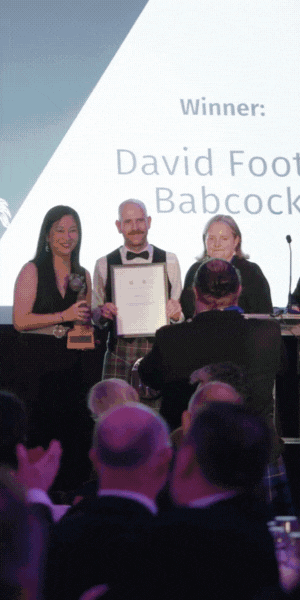Ship & Boat International: eNews September/October 2019
Underwater radiated noise (URN) has become a pressing, if often overlooked, problem for the marine sector. The majority of URN is generated by vessel engines, although offshore drilling, subsea construction and military activities also contribute significantly to the hubbub. David Taylor, chief executive of UK propeller technology developer Oscar Propulsion, tells Ship & Boat International: “Increased levels of shipping noise, especially in the low-frequency range, disorientate marine fauna and disrupt their communication signals, leading to behavioural changes or local extinction. Most ship-produced noise is at low frequencies – roughly 20-500Hz. Measurements on commercial ships give broadband source levels – say 20-1,000HZ – as high as 188dB for a 54,000gt containership travelling at 21knots.”
However, this isn’t just an issue for larger, oceangoing vessels, Taylor highlights. “Smaller workboats can generate high noise levels depending on engine rpm, propeller design and boat speed. Even a workboat of just 44tonnes can generate 165-175dB."
Certain sea creatures, such as Cuvier’s beaked whales, depend on vocalisation to capture their prey, so being drowned out by boat or rig noise presents obvious problems. Some action has been taken to address the situation – though, to date, it has come in dribs and drabs. Stemming from MEPC.1/Circ. 833, IMO released its Guidelines for the reduction of underwater noise from commercial shipping to address adverse impacts on marine life in April 2014 – but these guidelines remain non-mandatory.
In turn, Oscar Propulsion has developed its URN-limiting ‘PressurePores’ concept, which involves boring holes into the propeller blades – a practice, Taylor concedes, that is “not in itself new”, but which, when done the PressurePores way, involves “strategically placing relatively few holes [in each blade], while maintaining efficiency…which is new.” In 2015, Oscar Propulsion teamed up with Strathclyde University in Scotland to initiate CFD modelling and cavitation tunnel tests, in which the PressurePores concept was shown to reduce cavitation volume by almost 14%. The result was a 21dB drop in noise, effectively cutting the propeller’s output from 139dB to 118dB. Taylor elaborates: “The PressurePores are located using CFD to determine the locations, number and arrangement of pressure-relieving holes in the propeller tip, which maximise the reduction in tip vortex cavitation for the least impact on thrust. The propeller tips are relatively lightly loaded, and so the holes there have the lowest effect on thrust.”
Oscar Propulsion then compared the PressurePores-enabled propeller performance to that of a pair of ‘ordinary’ sub-cavitating propellers aboard Princess Royal, the research catamaran operated by Newcastle University, UK. “CFD analysis and model tests were carried out on two propellers of the same design; one with 33 strategically introduced holes in each blade, another with 17 holes,” says Taylor. The PressurePores-bored blades were shown to have reduced tip vortex cavitation and URN, in contrast to the reference propellers. “Remarkably, it was found that the optimum number of holes could be as few as 17 per blade tip, so long as they were placed in the most effective positions," he adds. Further, full-scale sea trials will be conducted this summer.




